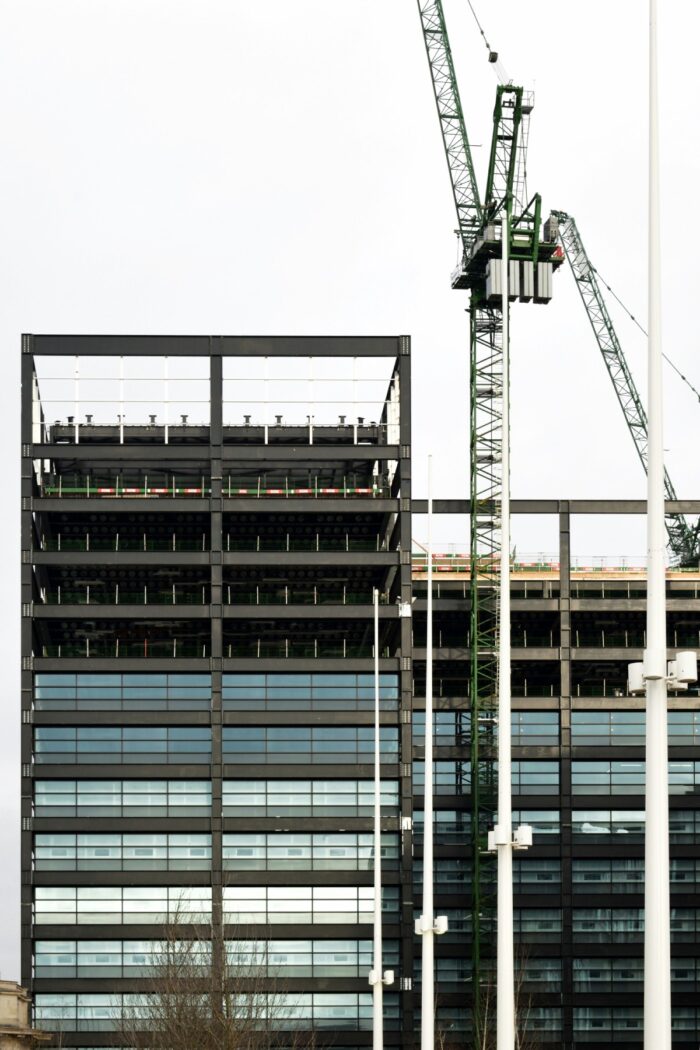Insights
Top 5 fundamentals of constructing commercial properties in Australia
Published
13 February, 2024

The outcome is a prosperous, long lasting, highly-relevant premises. The journey there can be fraught with risks and complexities—for the unprepared investor. Constructing a commercial property in Australia is by no means a simple feat, but by following a few ironclad fundamentals, the venture can result in far greater likelihood of success. As an investor, risk and return is a constant see-saw. As a developer, the weight on each side of that swing is even greater.
Here’s how to keep the odds of a successful commercial property construction project in your favour.
1. Research the market—intricately
It should be obvious. But before laying the first brick, you must recognise the significance of comprehensive market research.
Understanding the local demand, economic trends and zoning regulations is crucial. Identify emerging areas and assess the potential for growth. A deep dive into market dynamics will help you make informed decisions about the type of commercial property to construct, ensuring alignment with the current and future needs of local catchment.
2. Select the perfect site for your property development

Selecting the right location is a cornerstone of successful commercial property development.
Experienced developers and investors evaluate accessibility, proximity to amenities, the overall development potential of the site, and a list of other factors as long as a piece of string.
Considering the long-term outlook and future growth prospects of the chosen location is essential for sustained demand and return on investment.
That’s where your network will come in exceptionally handy. Collaboration with urban planners, architects and the like can provide valuable insights into maximising the site’s potential.
3. Understand and navigate the legal landscape
Here in Australia, strict regulatory frameworks rule the roost of commercial property development. Navigating these regulations requires a sophisticated understanding of the legal landscape, meaning investors should once again get out their phone book and collaborate with their team of legal professionals.
Compliance with zoning laws, building codes and environmental regulations is one of the biggest necessities you’ll face before a single shovel will pierce the soil. It’ll prevent costly delays and legal challenges down the line.
4. Mitigate risk through established strategies
From unexpected market fluctuations to construction delays, a comprehensive risk mitigation strategy is imperative for commercial property developers. This might include securing reliable contractors, implementing contingency plans and leveraging insurance products to mitigate financial exposure.

And when you’re gathering funds for your development—from the bank, from your own capital holding or from syndicate members—ensure you’ve factored in a considerable reserve fund for any unforeseen or projected events. There’s no magic number of dollars that should go into this fund, because every property development is different.
5. Build success through wise project management
Gather the most experienced project managers you can find, who can oversee the entire development process—from design and approvals to construction and delivery—and ensure they know your plan and strategy back to front. Because efficient project management is the linchpin of successful commercial property construction.
Robust project management practices ensure timelines are met, budgets are adhered to and quality is maintained throughout the construction phase.
Who said it was going to be easy? Commercial property construction is an arduous journey that requires your eyes to be wide open and your ears firmly pressed to the ground. But by adhering to these principles, investors can position themselves for not only profitable returns but also for a lasting impact on the Australian commercial real estate market. After all, with a growing population comes a growing need for new high-quality and relevant commercial premises.



